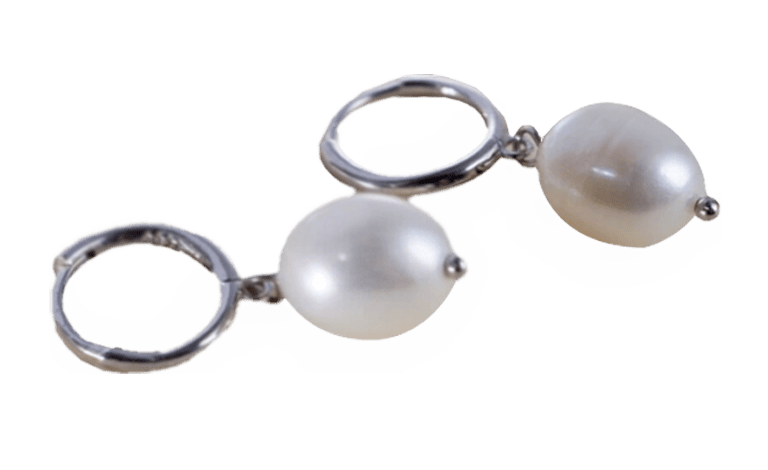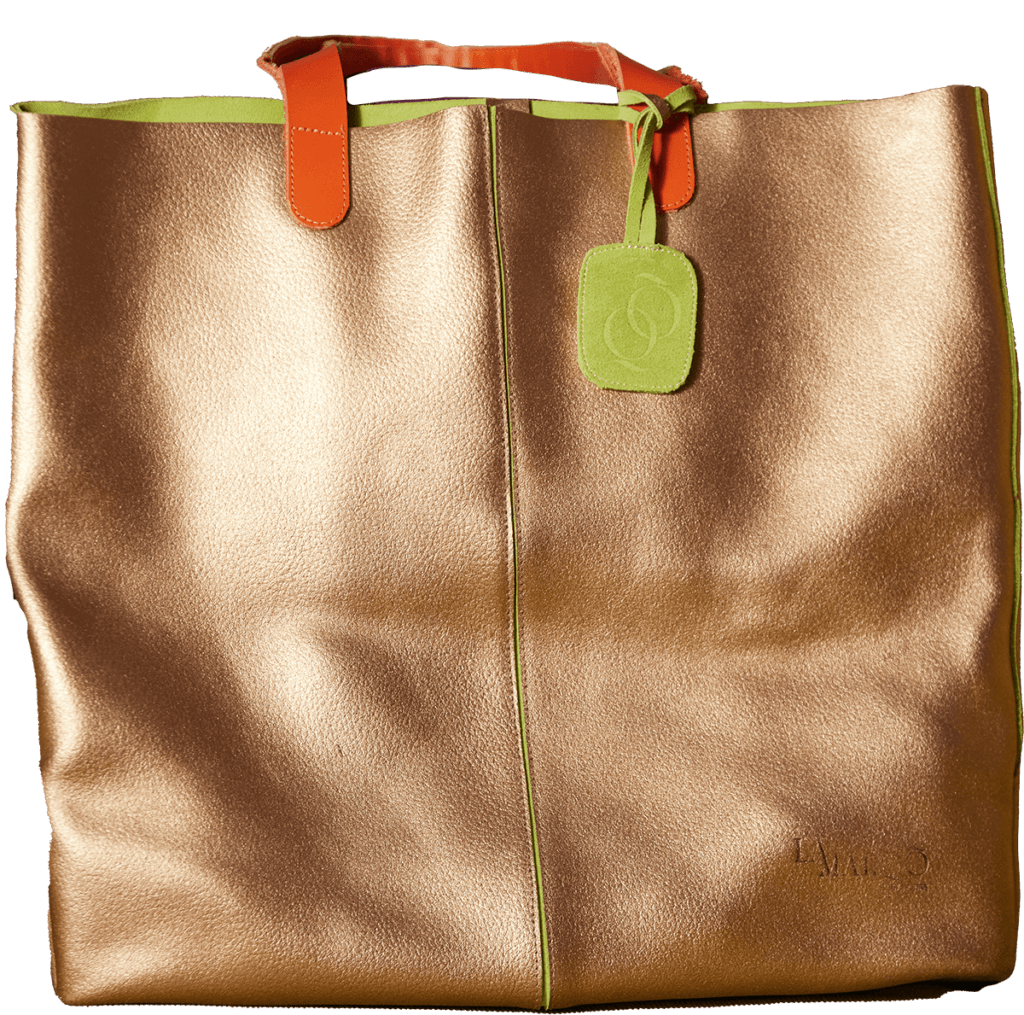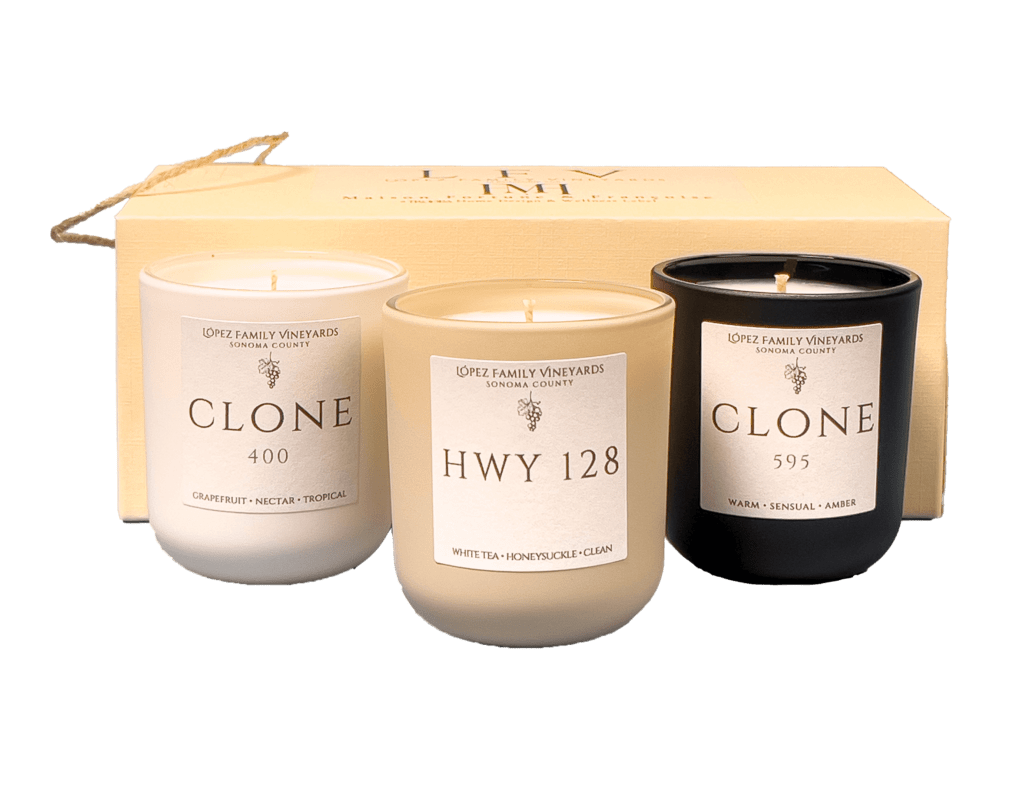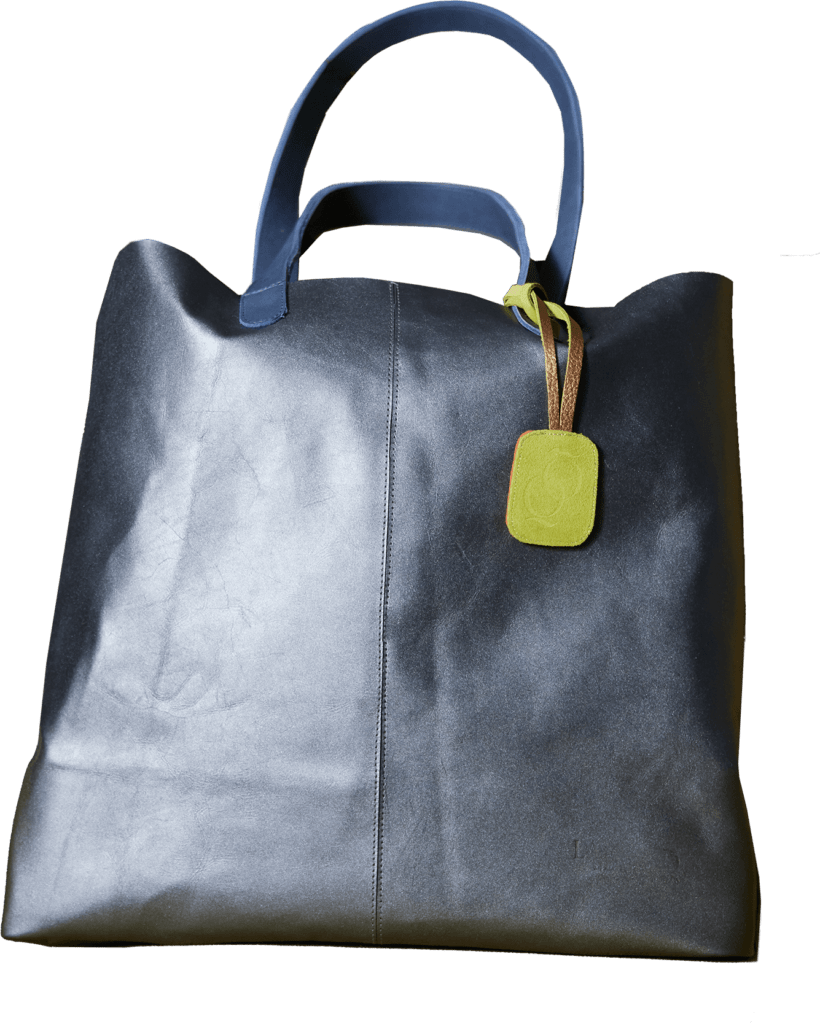TrooRa Magazine
How Francesca Baur is bringing bespoke, natural textiles to the UK
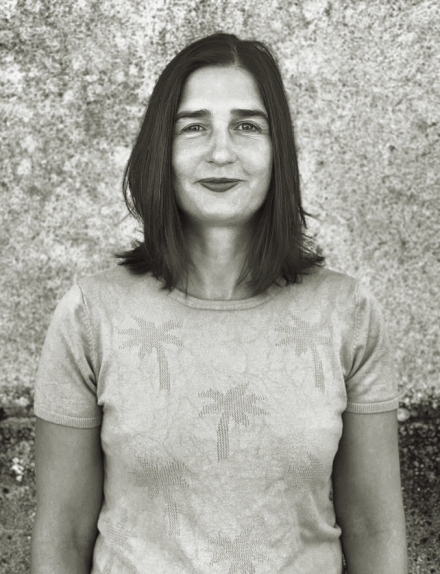
Francesca Baur, founder and designer behind Fable and Base
MD: Hello, Francesca! Can we start with a little about your art education? When did you first become interested in art and textile design?
FB: Hi Michael! I’m from a family of artists, architects, seam-mistresses, and designers, so creativity has always been a big part of my life. I trained as a printed textile designer in the early 1990’s at Middlesex University in England. Then, whilst working as a freelance designer and also a teacher in textiles, I decided I wanted to develop a business that was forward-thinking and sustainable to encourage others to design for longevity.
I was raised on one of the first organic farms in Britain, and my Grandfather ran a textile business in London. He established a lingerie business in Regent Street after he left the Munich lace house Spitzbergen Klauber for England in 1930. My parents set up Ripple Organics, one of the first organic farms and delivery box schemes.
I’m keen to embed the slow movement that I experienced as a child into my work as a designer. There has been a definite shift in the last ten years. People are now aware of the importance of transparency and traceability, and more questions are being asked as to where their products have come from and their environmental impact.
In 2013, I launched a Kickstarter campaign and received European funding which enabled me to set up my studio in Whitstable in Kent in 2014.
MD: What artists have inspired your work?
FB: There are so many artists and designers that I admire. I love the work of Sonia Delauney, Fernand Léger, Matisse, and Mondrian. Mid-Century Scandinavian design is also a strong influence. Essentially I look for narratives that I can translate onto cloth. I’m intuitive in the way I work but like to use my everyday surroundings as a springboard for ideas.
Colour and the natural form are my biggest inspirations. Living in Kent, The Garden of England means that I have rich resources on my doorstep and I use botanics and plant forms to inform most of my ideas.
“Colour and the natural form are my biggest inspirations.”
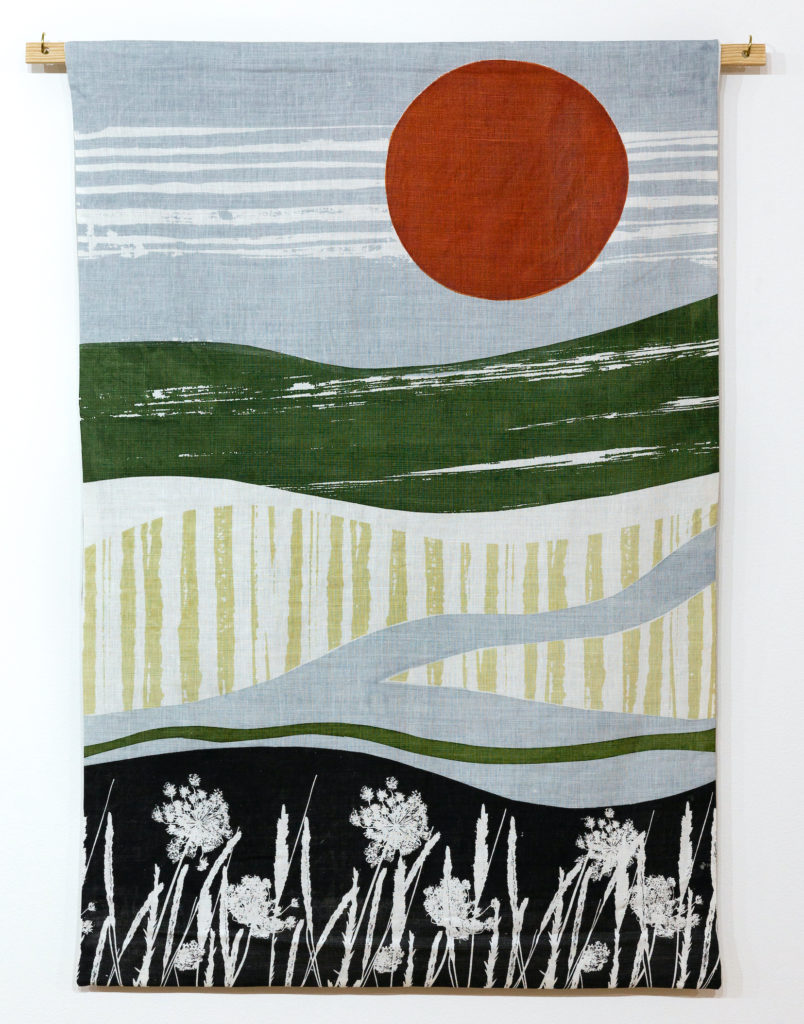
Rochester Art Gallery Show | Francesca Baur
MD: How did the whole grow-your-own-flax project get started?
FB: I explored the possibilities of growing flax in Kent by visiting Belgian linen producers to learn the process. I grew flax in the gardens at Pines Calyx, a zero-carbon venue near St Margaret’s Bay in Kent, and also the Rochester Art Gallery gardens. And then I distributed three hundred packets of flax seeds to volunteers. The project has been very timely with climate emergency being declared across the globe. Solving climate change requires system change. The textile industry is the second biggest polluter after food.
Visiting Belgium linen growers gave me real insight into the possibilities of growing flax here in the UK. We have to learn new ways to produce our textiles, and this visit gave me knowledge into the reasons why we no longer grow it here. We have the perfect soil & climate in Kent to grow flax.
The Pines Calyx donated a large area of their gardens to develop a dye garden and a flax field. This was really beneficial for developing my own work as well as providing an educational resource and supplies for workshops.
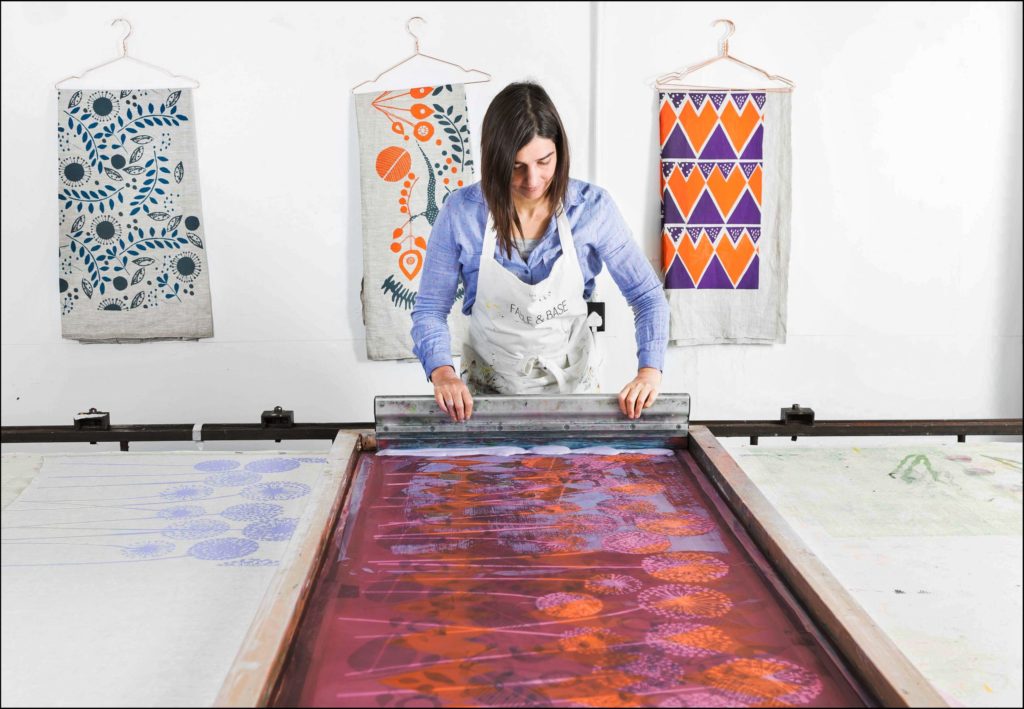
Since starting Fable & Base, I had intended to work with natural dyes. Through delivering this project, I had the opportunity to experiment with new ways of working, making my own print pastes with the dyes grown in the dye garden as well as using natural dye extracts. The exhibition at Rochester Art Gallery Flax Fibres and Plant Dyes was the culmination of the work produced over the year.
“I offer a bespoke design service, designing fabrics that are personal to the client, connecting to their local surroundings and landscapes. With bold and striking botanical designs I aim to bring the outside in.”
Francesca Baur
There were four partners in the project who each offered different aspects of the Kent landscape and opportunities to hold workshops exploring such processes as dyeing with foraged plants, spinning with flax, screen-printing with natural dyes, and seasonal walks to appreciate natural colour. I used each location to produce a wall hanging.
There were linen streamers in myriad colours from the natural dye garden at Pines Calyx, hanks and curls of flax, some grown in Kent from seed and spun in workshops, paper made from fungus foraged in the woods at Doddington. There are patchwork quilts created by myself from the fabric dyed with foraged stuffs and mordanted to create different colours
MD: I think you also create custom-made textile designs for various clients?
FB: I offer a bespoke design service, designing fabrics that are personal to the client, connecting to their local surroundings and landscapes. With bold and striking botanical designs I aim to bring the outside in. The dyes I use are water-based inks, which are approved by the Soil Association. I always print on to quality base cloths, including hemp and organic cotton, and I make products to order to minimize waste.
Francesca developed bespoke designs for our overnight stays business at the Elmley Nature Reserve, a 3,200acre National Nature Reserve and family farm on the Isle of Sheppey in Kent. We used Francesca’s designs on cushions and curtains in our shepherd’s huts, which overlook the marsh landscape and fit perfectly with the modern rustic décor of the huts.
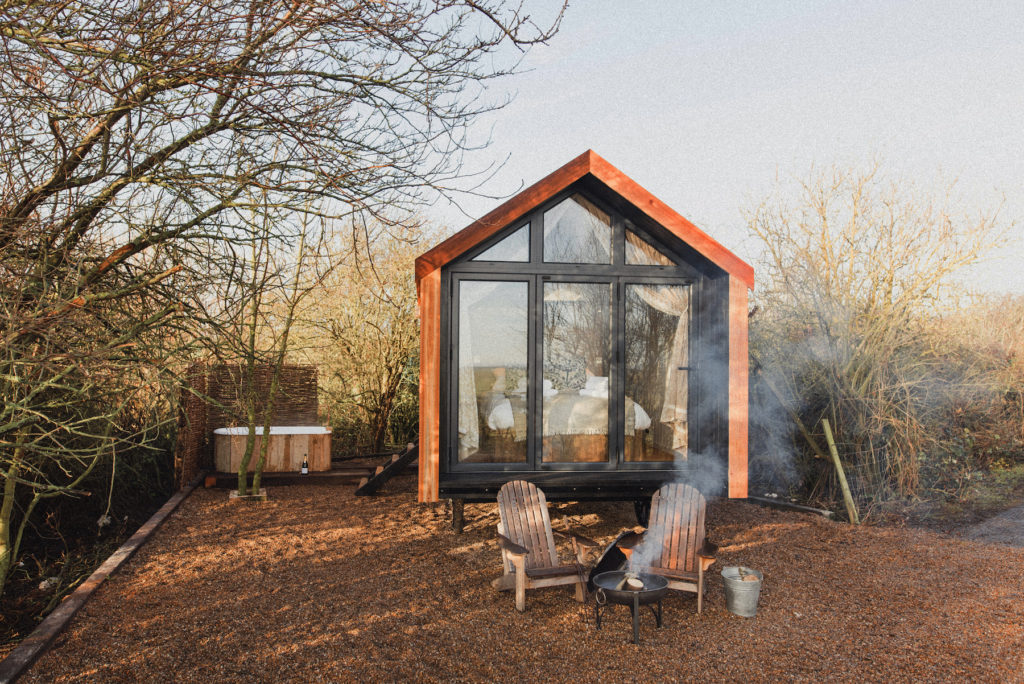
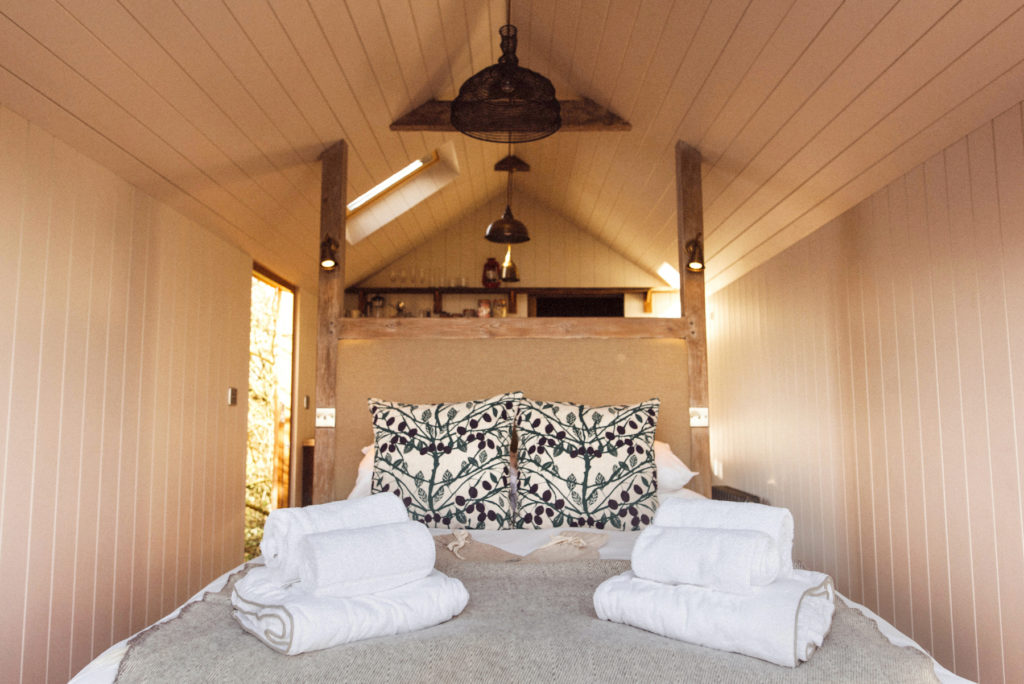
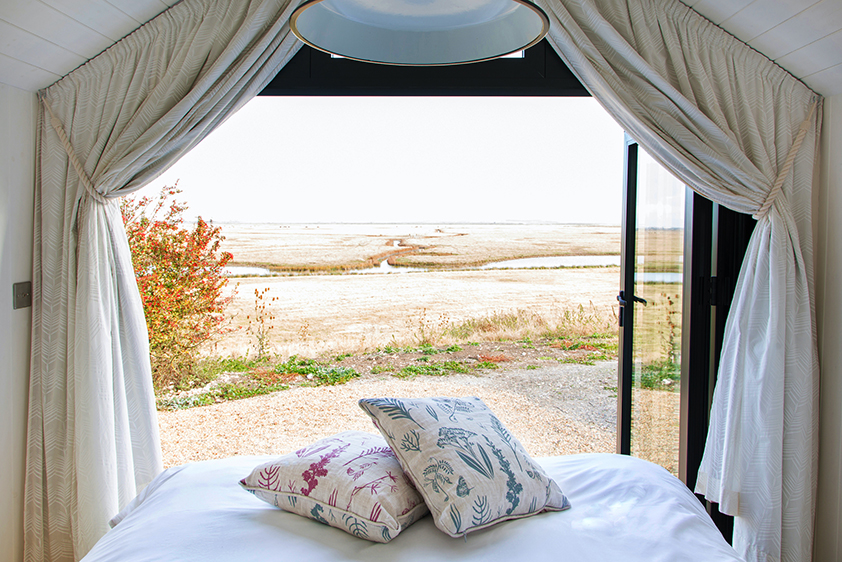
MD: What has the future got in store for you? What are you most looking forward to?
FB: This project has changed the way I want to work as an artist. I will continue the relationship with the Belgian company for linen and I am sourcing heritage linens in France for printing and I will continue to develop my natural dye garden and growing fibers. I am planning future workshops, which will be announced on my website. It’s been an exciting journey so far and I’m looking forward to the next installment of my life on the Kent coast.
Written by Michael Daks
Want The Print?
Get Waitlisted NOW!



